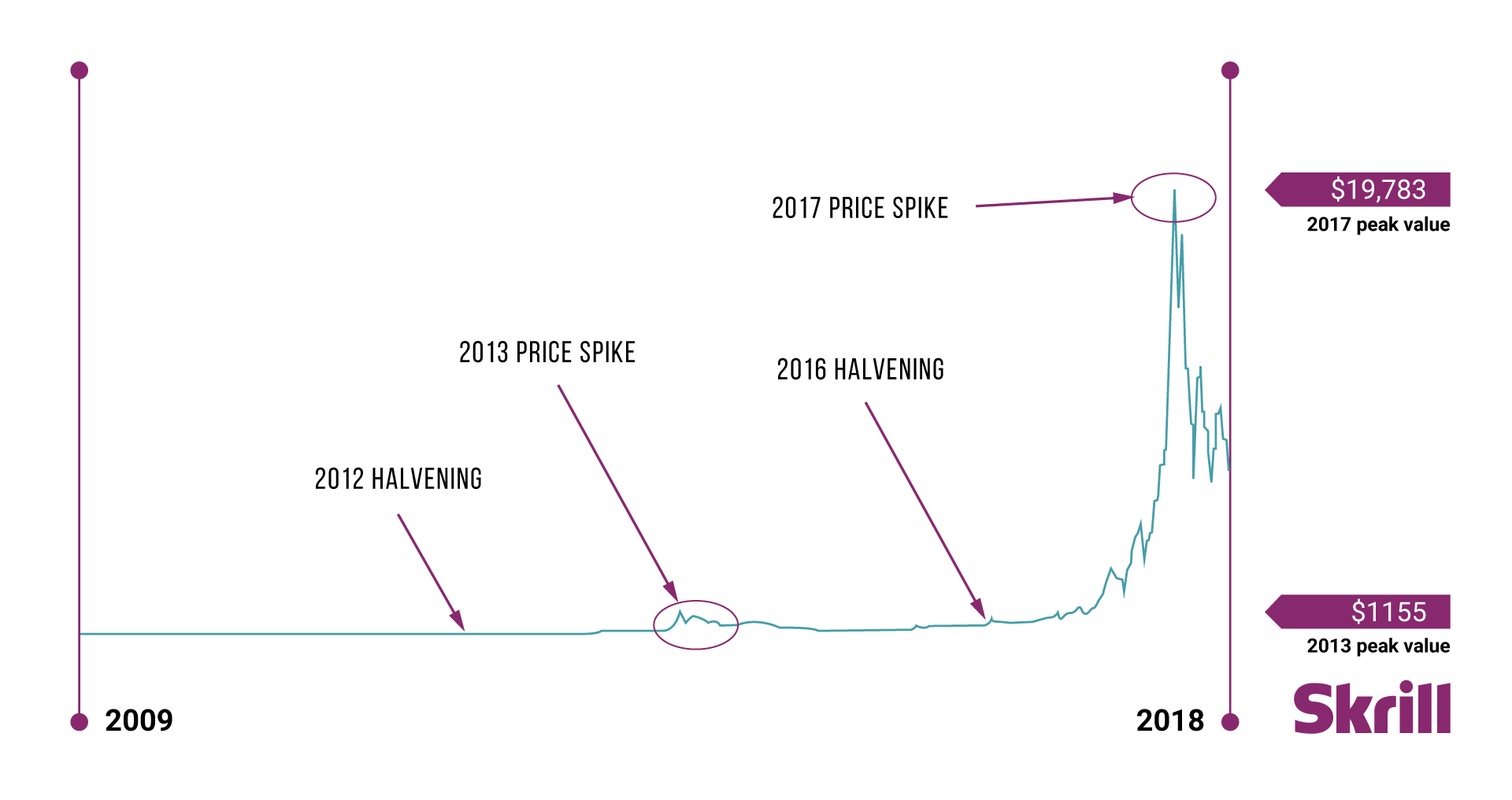Don’t invest unless you’re prepared to lose all the money you invest. This is a high-risk investment and you should not expect to be protected if something goes wrong. Take two minutes to learn more.
This article is not intended to be financial, investment or trading advice. This article is for information and solely for education purposes. It does not protect against any financial loss, risk or fraud.
What is Polkadot?
Polkadot launched in May 2020 and was founded by Dr. Gavin Wood (a co-founder of Ethereum) alongside Robert Habermeier and Peter Czaban. All three individuals are well-known figures in the crypto space.
Despite the recent negative price action, Polkadot currently has a market cap of over $10bn. This confidently places it in the top 20 digital assets when comparing the market cap.

What’s special about Polkadot?
In the future, there will be many blockchains working alongside each other, and some competing against each other.
In any case, they must interact with one another. This sounds simple, but it’s easier said than done. We have seen many examples of interchain bridges that connect different blockchains being exploited. A recent notable example is the Wormhole bridge exploit in February 2022, when an attacker managed to steal more than $300m of digital assets.
Polkadot’s mission is to tackle this exact issue. Its objective is to become the ‘Layer 0’ or ‘L0’ to many layer blockchains, or as their team terms them, ‘parachains’. This would enable the latter to communicate without relying solely on trust and be fully interoperable, all the while maintaining the security guarantees that the Polkadot L0 provides.
This also allows for the launch of app-specific parachains that are fast, cheap, and easy to manage. Each parachain is launched via an auction mechanism that bonds DOT tokens for a prolonged amount of time, which is one of the mechanics that can impact the circulating supply.
So far, around 18 parachain slots have been awarded, each supporting their own base token. Polkadot has a further 23 new slot auctions scheduled between June 2022 and February 2023, which would bring the total number of parachains to 41.
Each parachain is tailored to a different application, and the total number of supported parachains by the relay chain, another term for the Polkadot L0, is estimated to be between 100 and 250 according to Messari research.
According to Coinbase research, of the 18 initial parachains, eight are decentralised finance (Defi) chains, three are smart contract platforms, five are Web3 infrastructure chains, one is a blockchain for composable NFTs and one is dedicated to tokenising real-world assets.
Try crypto with Skrill today
- Buy and sell over 40 different cryptocurrencies, now including Polkadot
- Set conditional orders to control your trading
- Earn points and be rewarded with Skrill's loyalty programme, Knect
Cryptocurrencies are unregulated in the UK. Capital Gains Tax or other taxes may apply. The value of investments is variable and can go down as well as up.

The DOT token economics
The consensus mechanism behind Polkadot, which helps the system work together and remain secure, is nominated proof-of-stake (nPOS). With nPOS, it allows entities to stake their DOT token holdings to secure the network and receive rewards for doing so or get punished (termed ‘slashing’ in crypto POS lingo) if they misbehave, do not actively participate, or properly fulfil their duties.
From an economic perspective, potential investors are mainly focused on the supply and demand dynamic of the token.
For DOT, three main pillars are significant:
1. Staking by validators and nominators that secure the network and produce new blocks
Validators act as the primary active layer engaging in block production. Nominators act as the secondary passive layer, earning rewards by assigning their stake to validators. As validator roles are limited, more staking is carried out by nominators. Around 54% of DOT was staked to secure the base layer in early June 2022, down from 59% in February 2022.
The annual nominal return for staking is roughly 15%, though the real inflation-adjusted return is closer to 5-6%. To exit a nominating or validating stake, the user would need to ‘unbond’ the position, which takes 28 days on Polkadot.
2. Inflation from producing new DOT to pay the validations and nominators
The target inflation rate for Polkadot is around 10% and is dependent on the proportion of staked versus non-staked DOT. If staked DOT falls below 50% of the outstanding supply, the inflation rate would increase to entice more entities to stake. There is currently no target of limit to the total supply of the DOT token.
3. Bonding by parachains to participate in the network
So far, about 131 million DOT has been bonded to bootstrap parachains, which equates to around 11% of the total outstanding supply. They are locked for about two years, at which point they can be relocked if the parachain continues to operate.
For more information, please go to the Skrill Cryptocurrency Risk Statement and the Skrill Cryptocurrency Terms of Use.





